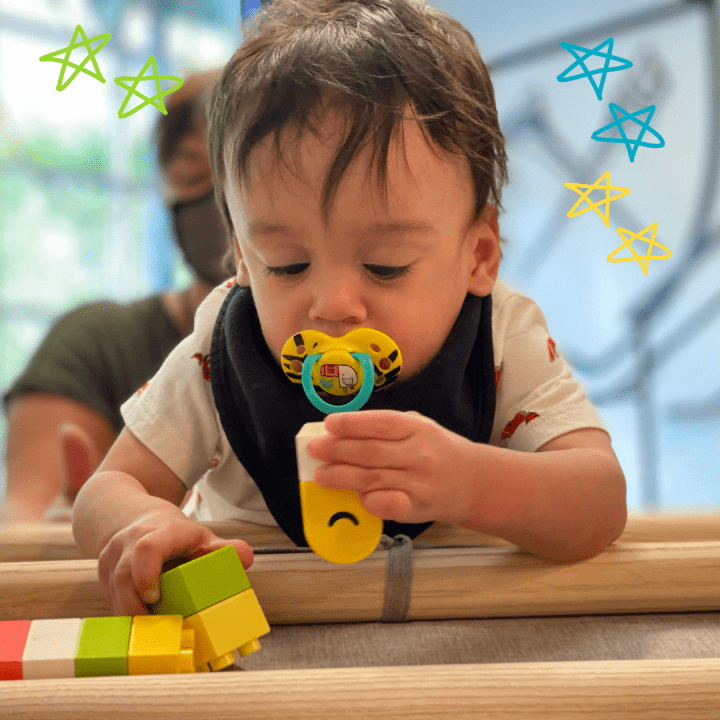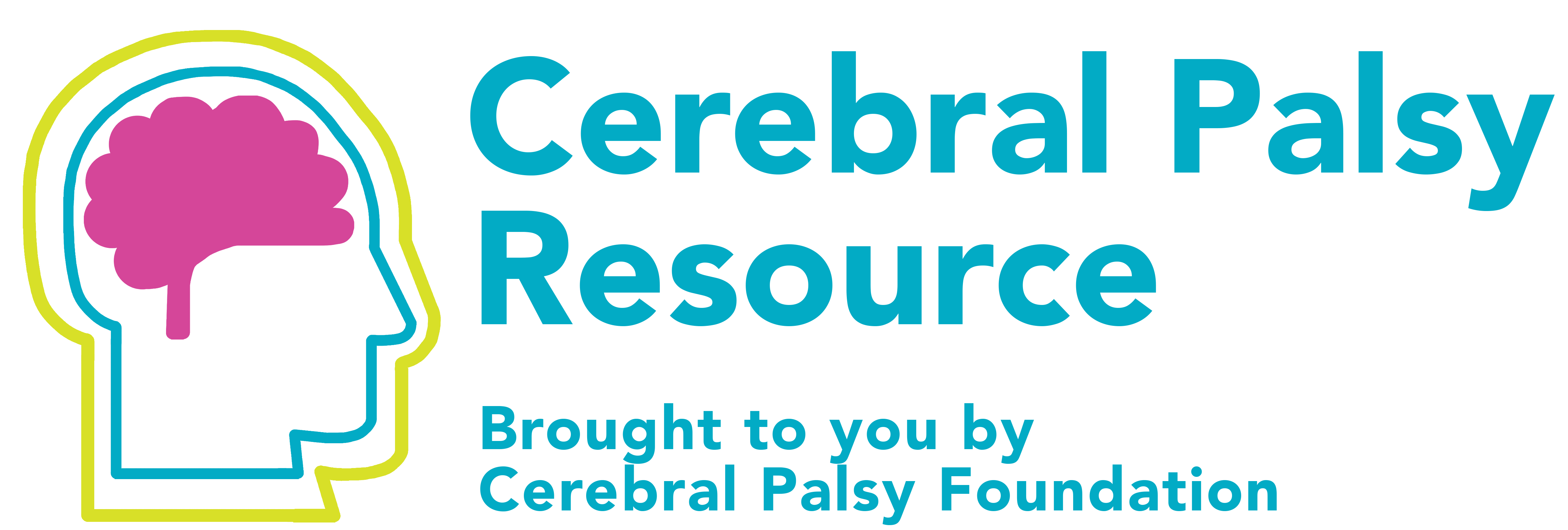Pediatric Bimanual Therapy: A Scoping Review of Patients, Methods, and Outcomes

Bimanual therapy, also referred to as intensive bimanual training, engages patients in active play or practice to improve the use and coordination of both hands.
Bimanual therapy is different from similar unimanual therapies, like constraint-induced movement therapy (CIMT), because it promotes simultaneous use of both hands. Due to the simultaneous use of both hands, it is thought that bimanual therapy mimics everyday use of the hands, and the repetitive practice leads to improved function. Improved and sustained function following bimanual therapy has been shown in many studies, especially as compared to standard forms of care. As compared to CIMT, bimanual therapy tends to improve the coordinate use of both hands more, while CIMT tends to improve the dexterity of the affected hand more. However, both therapies can be considered to provide equal functional improvement to the upper limbs. With regard to patients, improvement is seen in all ages and for mild to moderate severity of impairment.
Previously, it was thought that reorganization, due to neural injury, of the neural control pathways from brain to limbs affected the gains that could be made from bimanual therapy. However, recent studies show that regardless of neural control pathway organization, bimanual therapy can improve upper limb function and potentially restore important nervous system tissue for control of the upper limbs.
With regard to methods of implementing bimanual therapy, improvements can be made in the clinic, school, or at home. Also, the amount of bimanual therapy needed is at least 30 hours of practice to see clinically meaningful improvements, but typical practice totals 90 hours.
Overall, research shows bimanual therapy is effective for improving upper limb function in patients with upper limb motor deficits. Future research is currently aimed at determining the physical benefits, like restoration of tissue, and key aspects of practice during bimanual therapy that lead to the best results for rehabilitation.
"This review will update and summarize findings of clinical studies with respect to important factors of the patient population (those who stand to benefit most), treatment characteristics (best practices), and outcomes of intensive bimanual training (changes in neurophysiology and measures of ability)."





